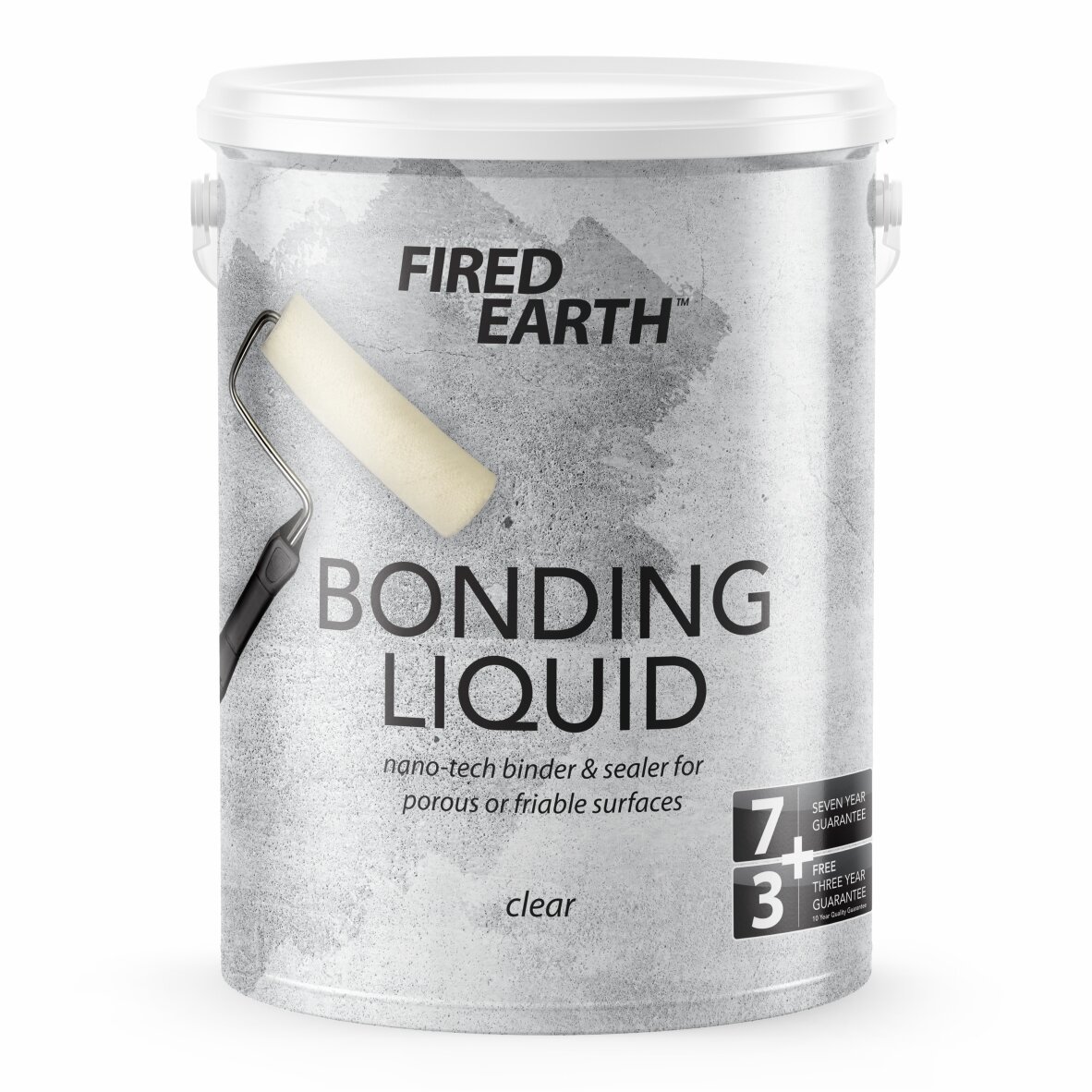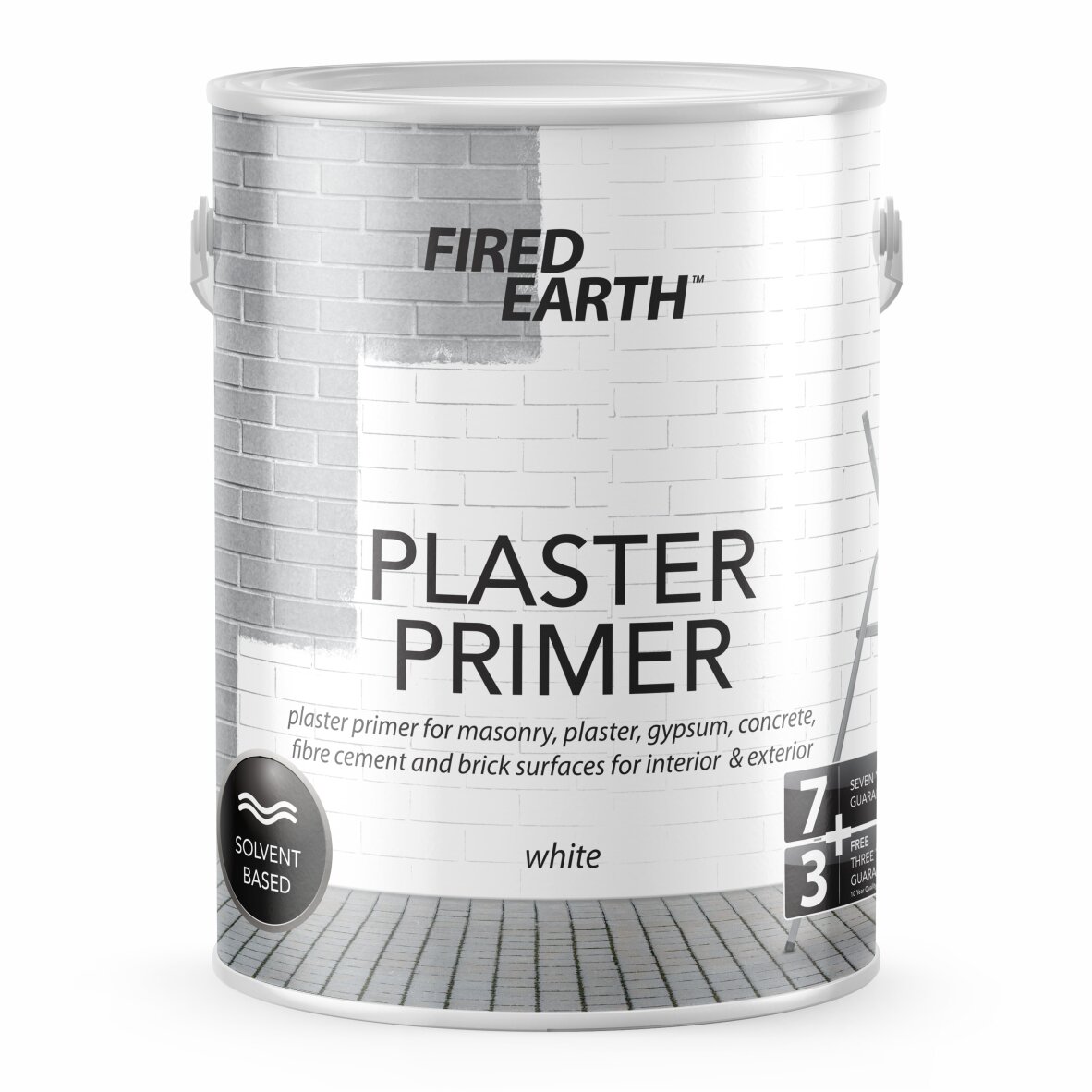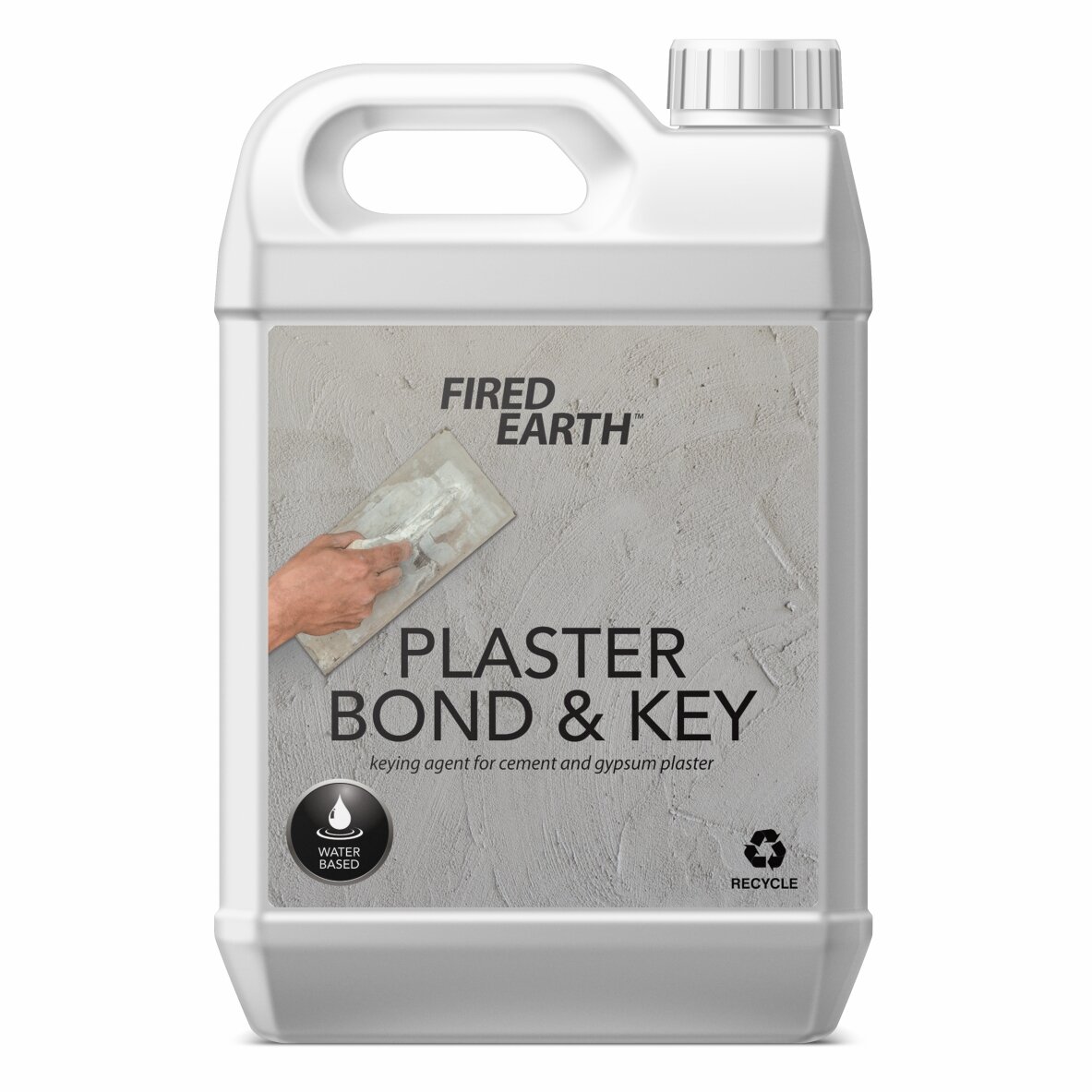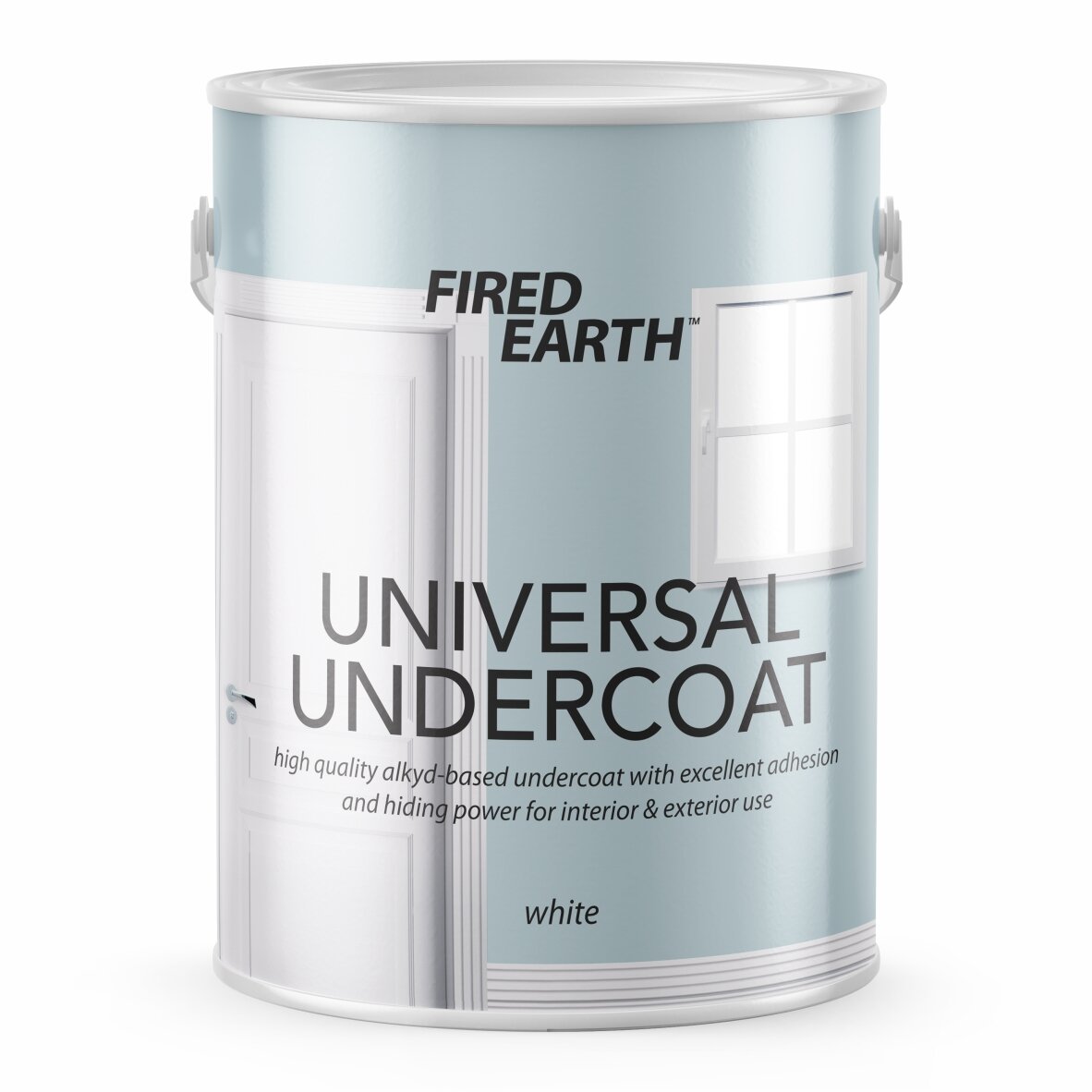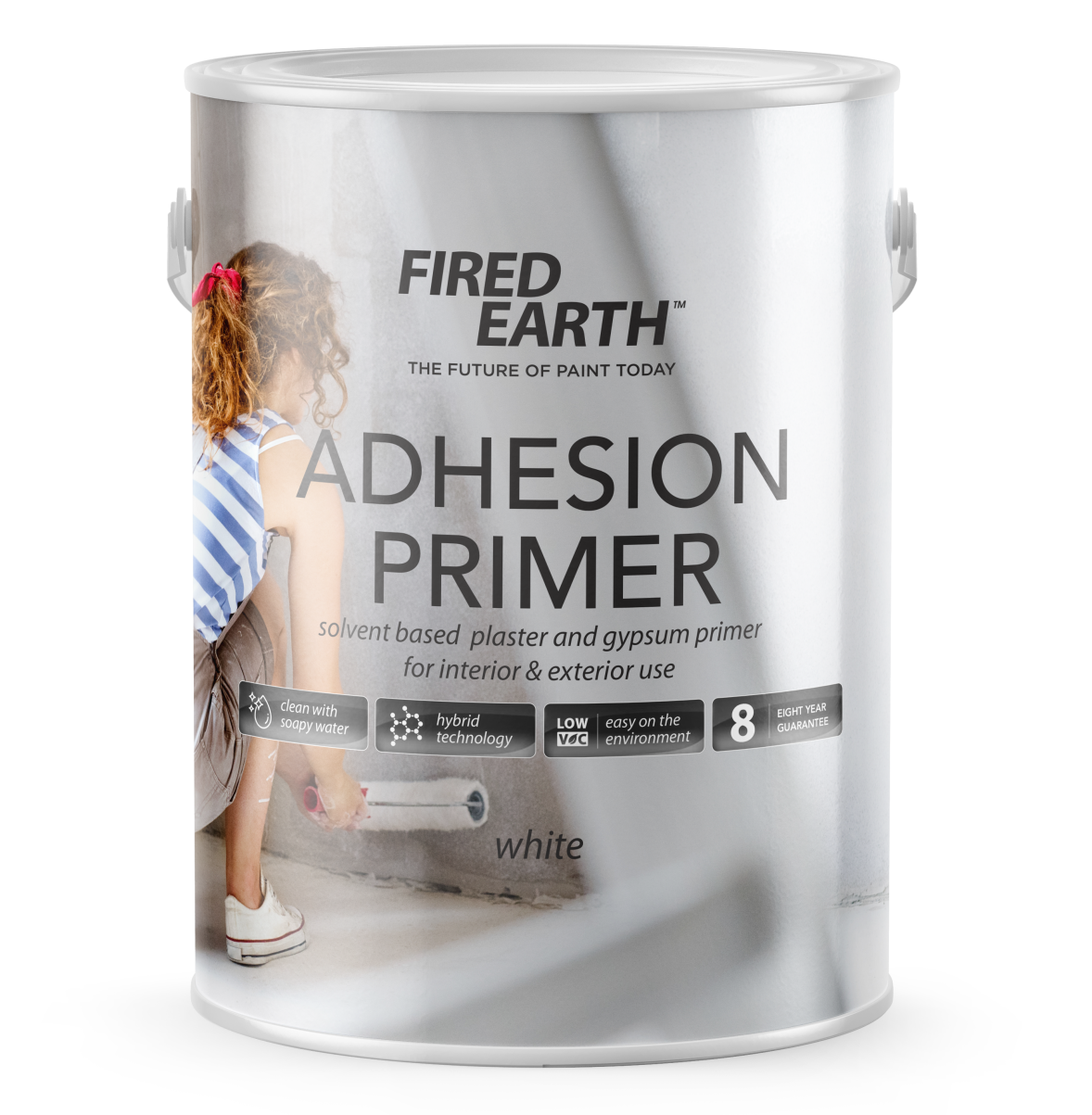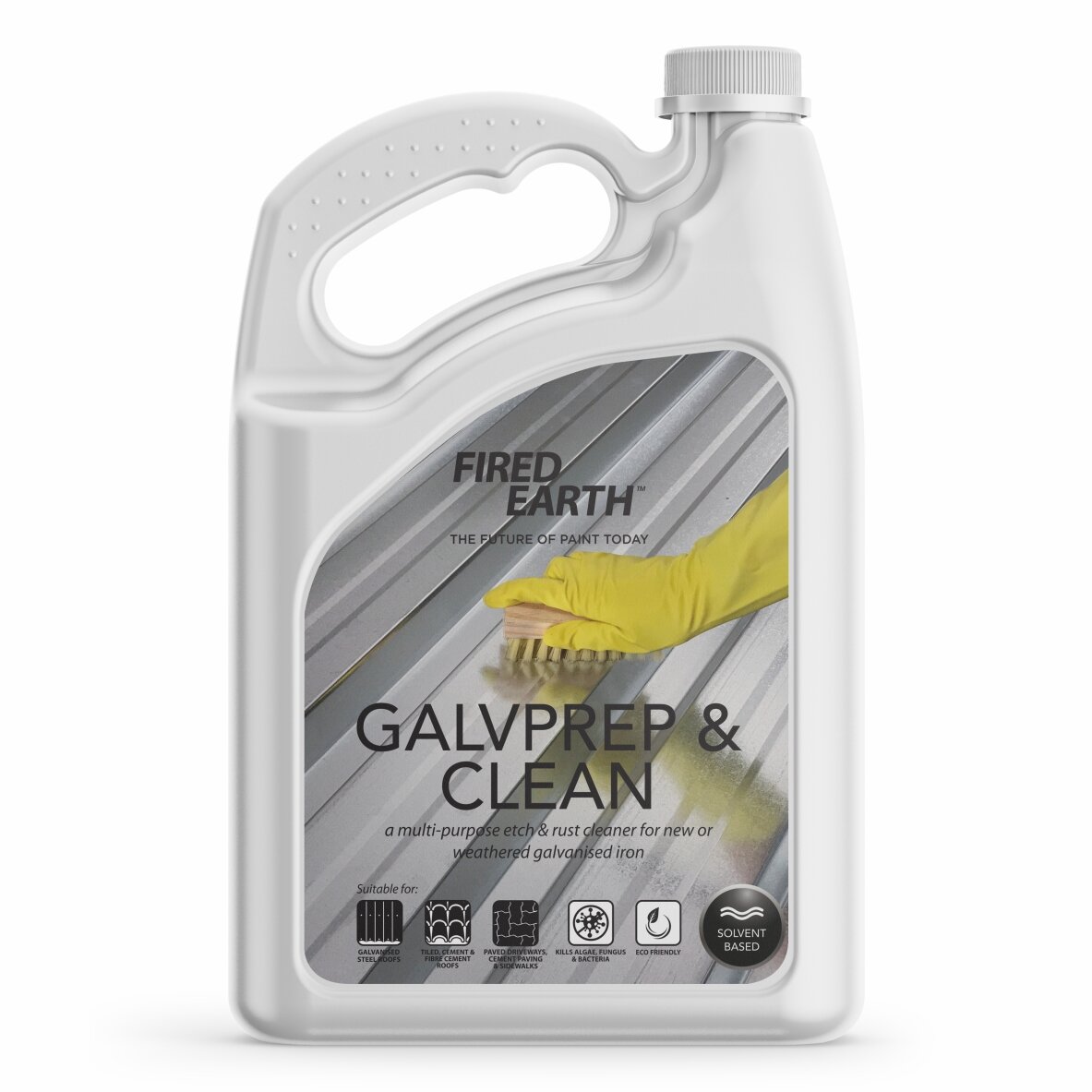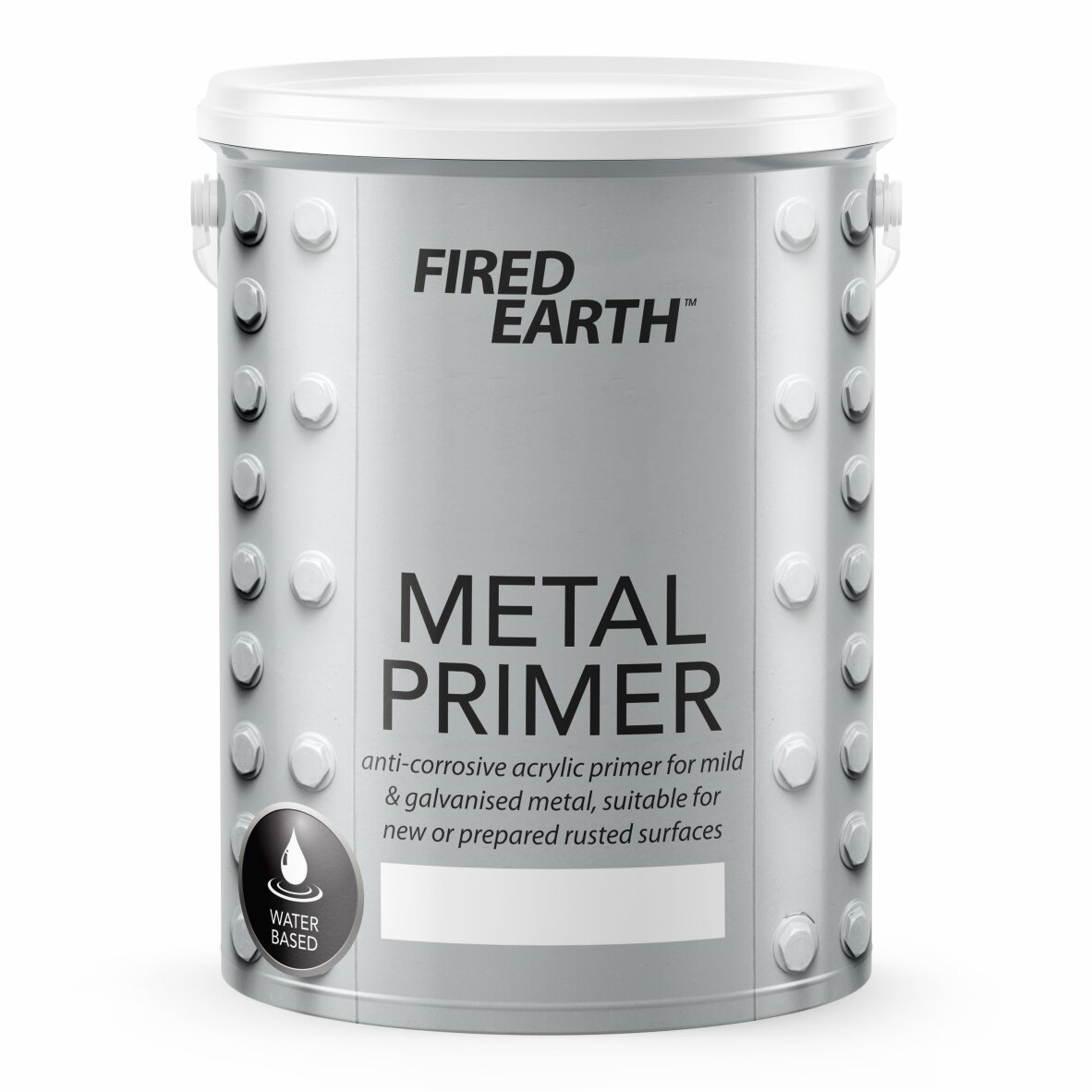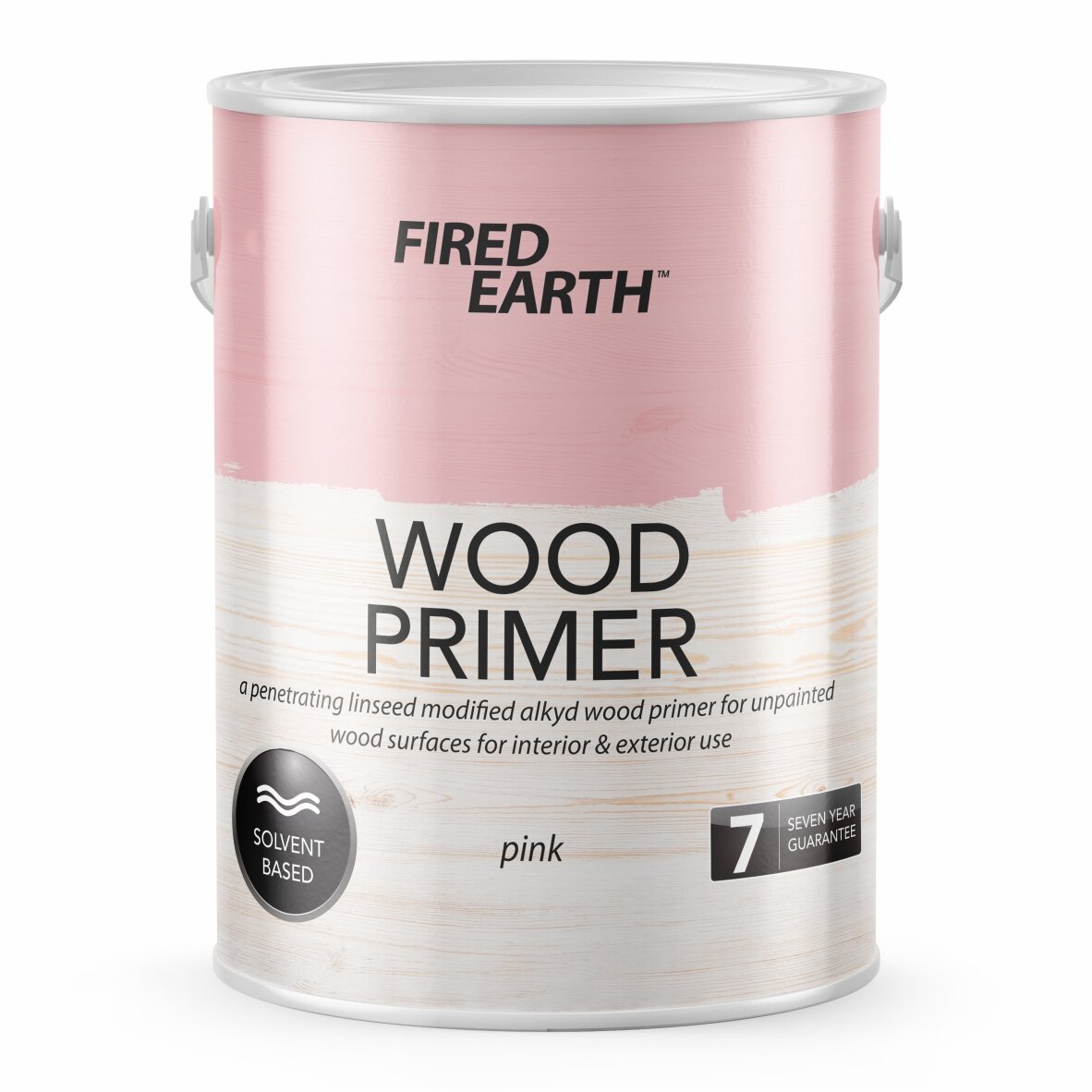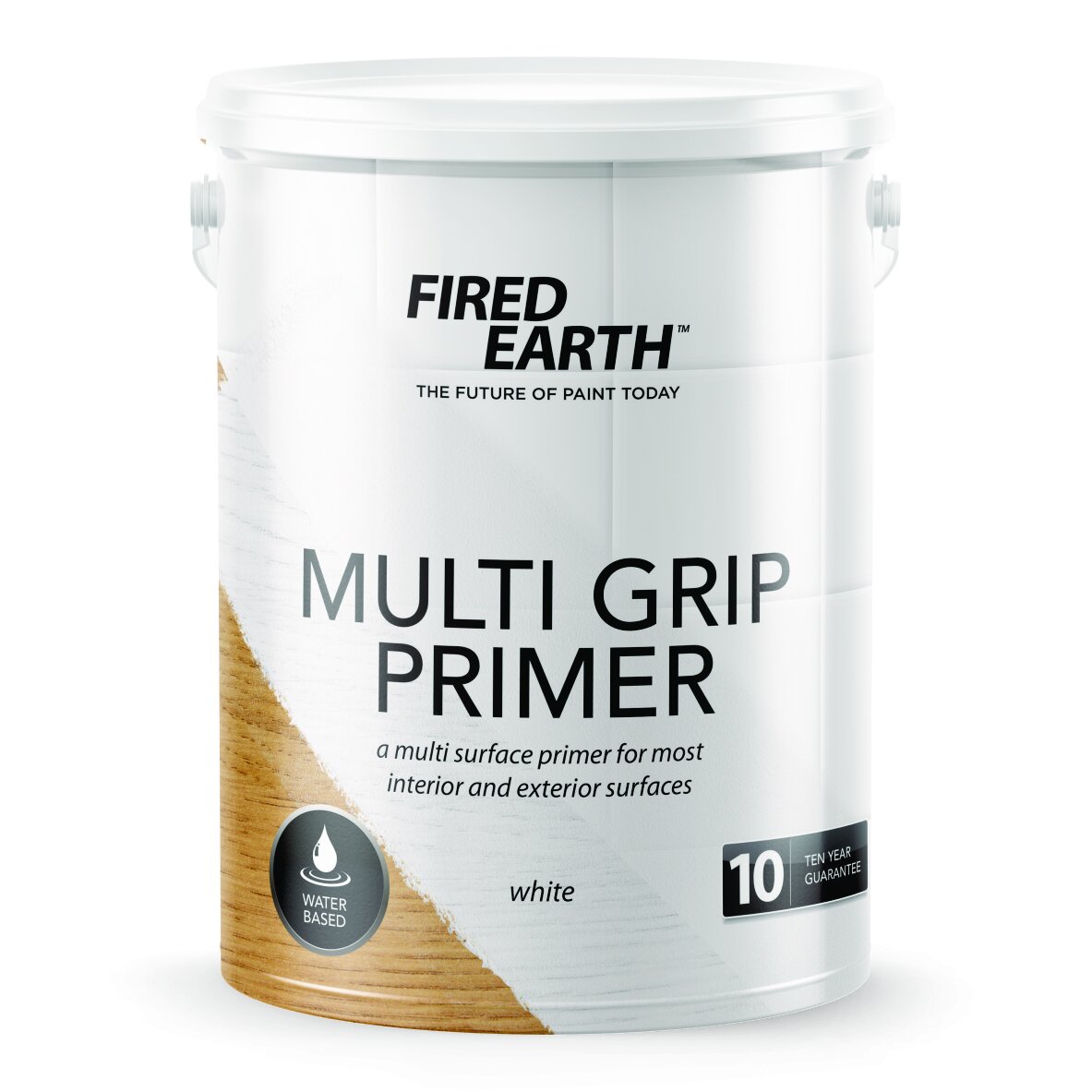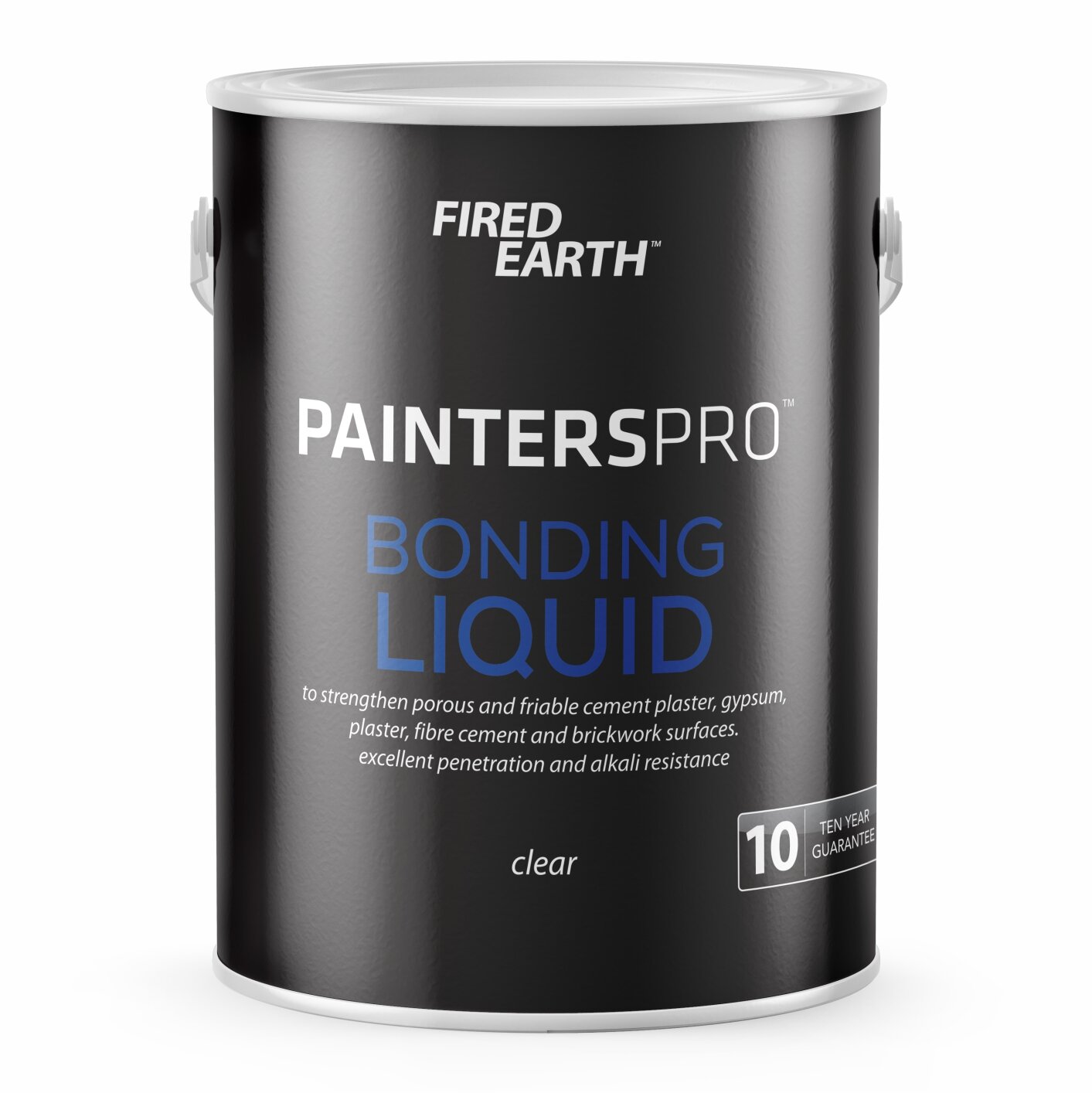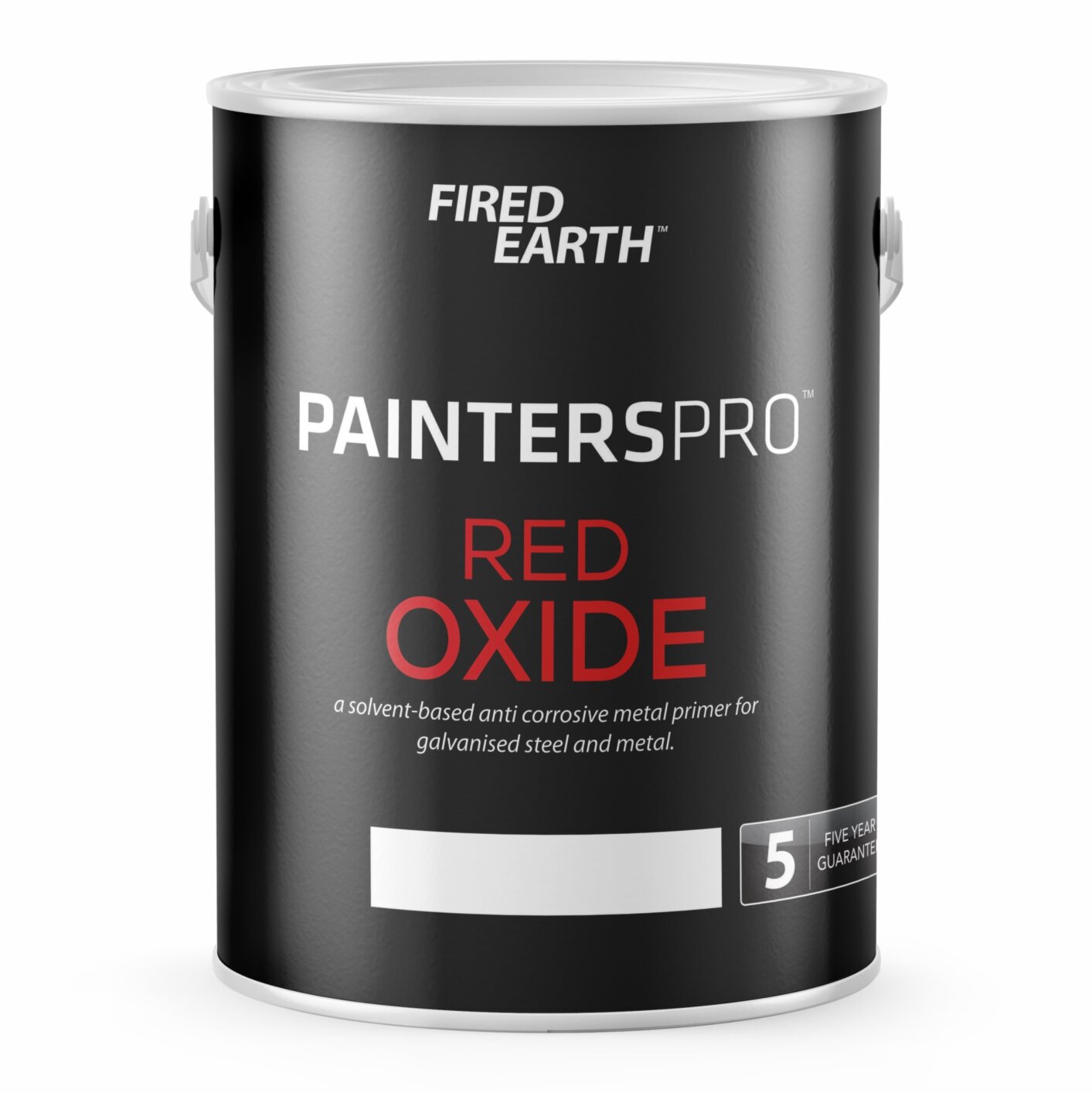FIRST
THINGS
FIRST
PREPARATION
Surface preparation is time-consuming but skipping it will affect the end result. The durability of any preparation product depends on the complete and careful preparation of the surface before painting. The surface should be even and smooth. Any cracks, and holes or any other imperfections on the surface could mean that the paint will not adhere correctly to the surface.



